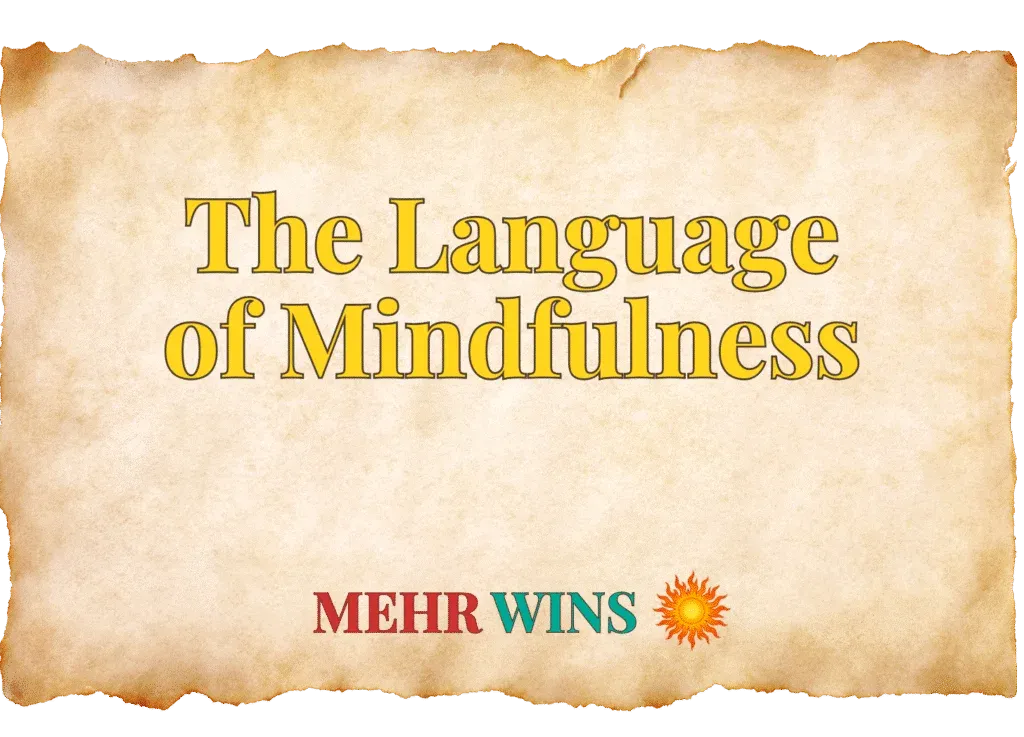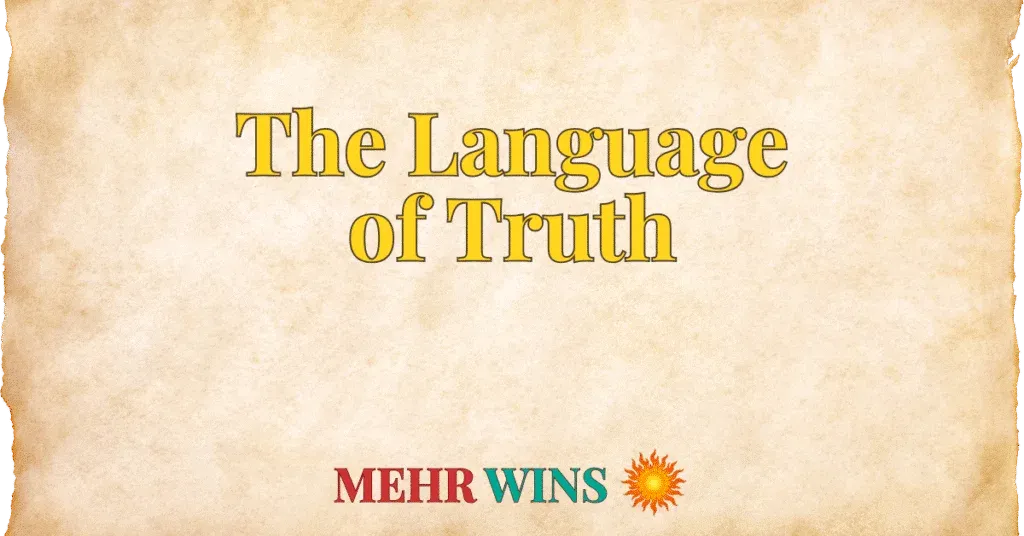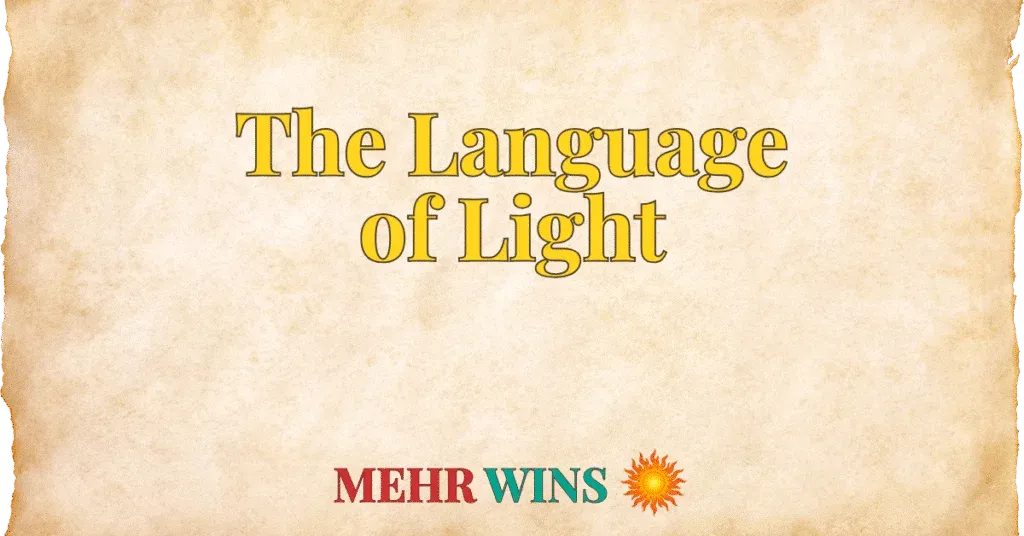
At the heart of a focused and fulfilling life, mindfulness isn’t just about paying attention; it is a profound way of inhabiting each moment fully. It is the conscious awareness of our thoughts, feelings, and surroundings, the gentle observation of life as it unfolds, and the practice of being truly present. This powerful inner discipline allows us to quiet the noise of distraction, fostering inner peace, enhancing clarity, and deepening our connection to ourselves and the world. Persian, rich in its contemplative and mystical traditions, offers many nuanced words for this essential inner practice; not just focus, but a deep vigilance, an awakened presence, and a profound connection to the now. These ten words reflect the powerful and transformative essence of mindfulness, mirroring the enduring spirit of this work.
1. آگاهی Agāhī (ah-gah-hee) – awareness, consciousness, knowledge
Agāhī is fundamental awareness and consciousness, the state of being fully cognizant of oneself and one’s surroundings. It’s the raw capacity to perceive and understand—the basis of mindfulness.
Example: “Cultivating daily agāhī transformed her perception of life.”
2. حضور Hozūr (ho-zoor) – presence, being present (in the moment)
Hozūr is the state of being fully present and engaged in the current moment, both physically and mentally. It signifies a profound presence of mind, core to mindful living.
Example: “He listened with complete hozūr, absorbing every word.”
3. توجه Tavajjoh (ta-vaj-joh) – attention, focus, heedfulness
Tavajjoh is the active act of directing one’s attention and focus. It emphasizes heedfulness and deliberate concentration, which are key components of mindful practice.
Example: “She gave her full tavajjoh to the task at hand.”
4. بیداری Bedārī (be-dah-ree) – awakening, wakefulness, vigilance
Bedārī refers to awakening, wakefulness, and a state of heightened vigilance or alertness. It implies a conscious departure from mental slumber into active awareness.
Example: “The profound insight was a moment of deep bedārī for him.”
5. تأمل Ta’ammol (ta-am-mol) – contemplation, reflection, meditation
Ta’ammol is the practice of deep contemplation, reflection, or meditation. It involves thoughtful observation of one’s inner and outer worlds, a key practice in mindfulness.
Example: “He spent hours in quiet ta’ammol, seeking answers within.”
6. تمرکز Tammorroz (tam-mor-roz) – concentration, focus, centralization
Tammorroz is the act of concentrating or focusing one’s mind on a single point or task. It is the disciplined attention that allows for sustained mindful engagement.
Example: “Her ability for tammorroz was essential to her demanding work.”
7. سکوت Sokūt (so-koot) – silence, stillness, inner quiet
Sokūt refers to silence and stillness, both external and internal. It signifies the inner quietness often cultivated in mindful practices, allowing for deeper awareness to emerge.
Example: “She found sokūt in nature, calming her racing thoughts.”
8. هشیاری Hushyārī (hoosh-yah-ree) – alertness, vigilance, prudence
Hushyārī describes a state of alertness, vigilance, and conscious awareness, often implying prudence and watchfulness. It is an active, perceptive state of mind.
Example: “His constant hushyārī helped him navigate complex situations safely.”
9. اندیشه Andīsheh (an-dee-sheh) – thought, contemplation, reflection (mindful)
Andīsheh encompasses thought, contemplation, and reflection. In the context of mindfulness, it refers to observing one’s thoughts without judgment, fostering conscious awareness of mental processes.
Example: “Through careful andīsheh, she understood the patterns of her own mind.”
10. باطن Bātin (bah-tin) – inner self, inner aspect, esoteric meaning
Bātin refers to the inner self, the hidden aspect, or the esoteric meaning. Mindfulness often involves turning awareness inward, connecting with one’s deeper, authentic self.
Example: “He sought to understand the bātin truths of his own being.”
Pronunciation Note
To help with pronunciation, Persian transliterations often use the following consonant markers:
• gh – a throaty sound, like French r (غ / ق)
• kh – a deep “h” sound, like the ch in Bach (خ)
• zh – like the s in measure (ژ)
• sh – like sh in shine (ش)
• ch – like ch in cheese (چ)
Stressed syllables are shown in bold within the pronunciation.
Italicized words in parentheses reflect how to say the word phonetically.



